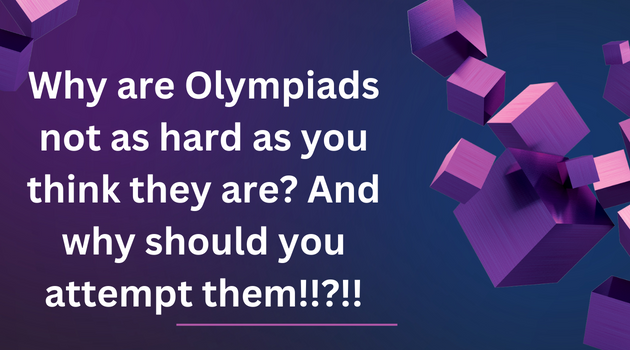INTRODUCTION TO HTML- ESSENTIAL POINTS
- Hypertext Markup Language (HTML) is the standard markup language for creating web pages and web applications. With Cascading Style Sheets (CSS) and JavaScript, it forms a triad of cornerstone technologies for the World Wide Web. HTML (Hypertext Markup Language) is not a programming language. It is a markup language used to tell your browser how to structure the web pages you visit.
- The head of an HTML document is the part that is not displayed in the web browser when the page is loaded . It contains information such as the page "title".
- HTML tags label pieces of content such as "heading", "paragraph", "table", and so on. Browsers do not display the HTML tags, but use them to render the content of the page.
- An HTML element usually consists of a start tag and end tag, with the content inserted in between:
<tagname> Content goes here.... </tagname> - Attributes contain extra information about the element which you don't want to appear in the actual content.
- HTML elements:
Start Tag Description End Tag <h1> to <h6> Heading and subheadings </h1> to </h6> <p> My first paragraph. </p> <br> Empty elements do not have an end tag. This tag indicates a line break <hr> Horizontal Rule </hr> <div> Defines a particular section of the document.. </div>
- Style and appearance elements:
Start Tag Description End Tag <STRONG> Very important text. Generally displays as Bold. </STRONG> <b> Displays text as bold. </b > <i> Displays text as italic. </i> <u> Shows text as underlined. </i> <ul> anchor element) creates a hyperlink to other web pages, files, locations within the same page. </ul> - Anchor elements:
Start Tag Description End Tag <a href="URL"> Allows the user to retrieve the document at the specified URL </a> <a name="name_target"> Sets a 'target'/'anchor' which hypertext links can point to </b > <i> Displays text as italic. </i> <u> Shows text as underlined. </i> <ul> anchor element) creates a hyperlink to other web pages, files, locations within the same page. </ul> - Image Element:
Start Tag Description <img src="image link alt = "alternate caption"> Source (SRC="") gives the full or partial URL of the image file to use;
ALT gives the alternative/caption text for the image - List Element:
Start Tag Description End Tag <ul> Unordered Bullet List. Items in the list are LI elements.Lists can be nested. </ul> <ol> Ordered Numbered List. Items in the list are LI elements.Lists can be nested. </ol> <li> An item in a bullet or numbered list. </li>


